Introduction
Buckle up, history lovers! The Seljuk Empire isn’t just a footnote in dusty textbooks—it’s the vibrant, globe-trotting saga of a Turkic dynasty that turned Anatolia into a playground of innovation, faith, and serious style. Long before the Ottomans rocked the world stage, the Seljuks were busy laying the cultural and architectural foundations that make modern Turkey a treasure chest of heritage. Let’s dive into their epic story—complete with warrior mystics, cosmic stargazers, and stone-carving geniuses who’d put today’s influencers to shame.

From Steppe to Sultanate: The Seljuk Road Trip
Picture this: It’s the 8th century, and the Oghuz Turks—a clan of nomadic rockstars—are cruising west from Central Asia like it’s the ultimate group pilgrimage. Among them? The Seljuk family, future legends with a knack for empire-building. By the 10th century, their leader, Seljuk Bey, parked his crew near Jand (modern-day Kazakhstan) and did something unexpected: he swapped his nomadic tent for a prayer rug. Embracing Islam, the Seljuks became ghazis—warrior monks with a spiritual swagger—on a mission to unite faith and conquest.

But their real mic-drop moment came in 1071 at the Battle of Manzikert, where Sultan Alp Arslan clashed with the Byzantine Empire. Spoiler: the Seljuks won, and Anatolia became their forever home. This wasn’t just a land grab; it was the dawn of a Turkish cultural renaissance.
Anatolia’s Stone Whisperers: Seljuk Architecture That’ll Make You Swoon
Forget boring fortresses—the Seljuks were the Frank Gehrys of the medieval world! Their buildings weren’t just functional; they were art with a capital A. Blending Persian elegance, Turkic boldness, and Islamic geometry, they turned Anatolia into an open-air museum.
🔸 Mosques That Touch the Sky
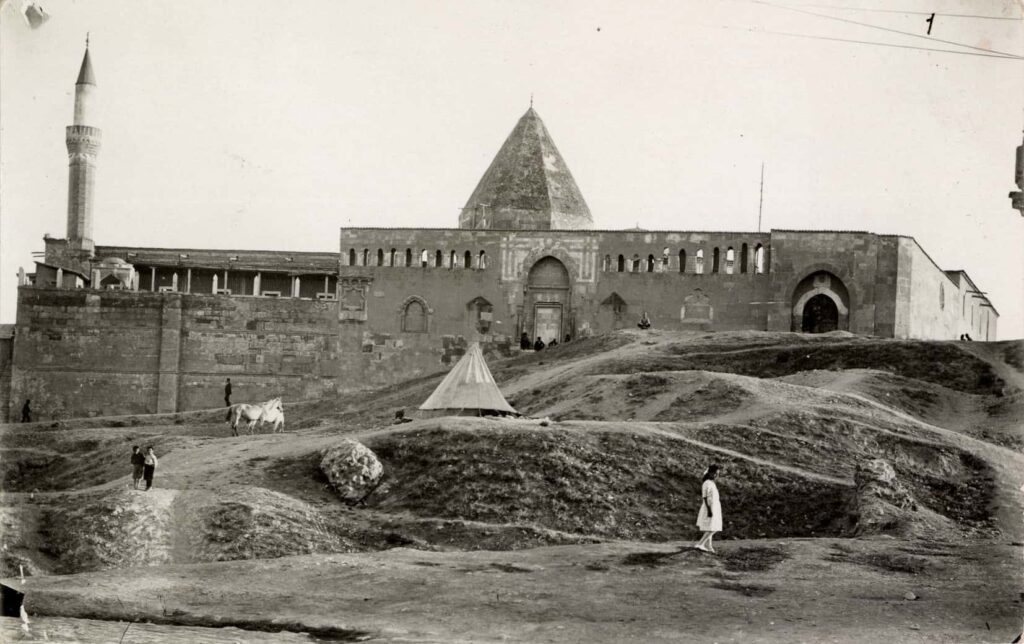
The Alaeddin Mosque in Konya is their pièce de résistance—a symphony of towering domes, starry mosaics, and calligraphy so intricate it’ll make your head spin.
Pro tip: Look up! The mihrab (prayer niche) is a kaleidoscope of turquoise tiles that’ll hypnotize you into medieval bliss.
🔸 Caravanserais: Medieval Truck Stops (But Way Cooler)

Imagine a 13th-century roadside oasis where camels, merchants, and poets mingled under vaulted ceilings. The Seljuks built hundreds of these caravanserais along trade routes, like the iconic Sultan Han near Aksaray. They offered free lodging, repair shops, and even guard dogs—basically the world’s first all-inclusive resorts.

And let’s talk language! The Seljuks didn’t just build with stone; they sculpted Turkey’s linguistic soul. By blending Turkic grit with Persian poetry and Arabic script, they birthed Ottoman Turkish—the sultry, calligraphy-rich tongue that later penned love letters and empire edicts alike.

Science? They Nailed That Too
Move over, Einstein—Seljuk scholars were busy mapping the cosmos while Europe was still figuring out forks. Under Sultan Malik Shah, they built observatories (like the legendary Maragheh, later expanded by the Mongols) where astronomers calculated planetary movements with mind-blowing precision. Their star charts weren’t just pretty pictures; they laid groundwork for future Islamic golden age giants like Nasir al-Din al-Tusi.
- Fun fact: Ever heard of Omar Khayyam? The “Rubaiyat” poet was also a math whiz who revamped the Persian calendar under Seljuk patronage. Talk about a Renaissance man!

Legacy Alert: Why Anatolia Still Beats With Seljuk Vibes
The Seljuks may have faded, but their DNA is everywhere in Turkey:
- Konya: The empire’s spiritual HQ, where whirling dervishes still spin to the rhythm of Seljuk mysticism.
- Divriği Great Mosque: A UNESCO gem with doors so intricately carved, they’re dubbed “the Sistine Chapel of Islam.”
- Turkish Coffee Culture: Thank Seljuk traders for introducing qahwa (coffee) to Anatolia—your morning cup owes them!
Even Istanbul’s skyline whispers Seljuk secrets. The Ottomans didn’t just inherit their empire; they borrowed their love for grand domes, soaring minarets, and courtyards where time stands still.

Love Letter to Anatolia: Seljuks Edition
The Seljuks wrote their adoration for Anatolia not in ink, but in stone and song. They arrived as conquerors but stayed as architects of fusion, threading Turkic grit with Persian grace. Their divans blended bureaucratic pragmatism with poetic flourishes, while Sufi lodges spun the word dervish into the world’s spiritual lexicon. Armenian masons carved Christian vines into mosque walls, Persian minarets kissed Byzantine skies, and the humble ayran carried whispers of Central Asian steppes into Anatolian valleys. In caravanserais and medreses, they wove a new cultural fabric—one where Turkic nomads, Greek farmers, and Armenian artisans shared bread, genes, and gods, forging hybrid identities like the Turkish-speaking Karamanlides. To love Anatolia, for the Seljuks, was to rebuild it as a mosaic where every shard glittered in its own light.
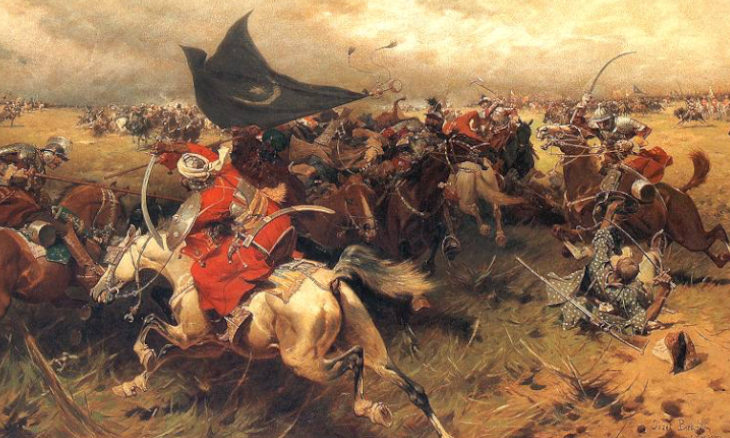
Yet their legacy remains a whispered debate: a love letter etched in both mortar and memory. Turks hail them as unifiers, Armenians and Greeks as displacers—but the truth hums in Divriği’s stone lace and Konya’s whirling mystics. The Seljuks did not erase; they entwined. Their Anatolia was a laboratory of coexistence, where taxation tempered zealotry and beauty bloomed in the seams between cultures. Today, sipping ayran or tracing a finger over Erzurum’s twin minarets, we taste and touch their vision: a land where love meant building bridges, not walls.
Monuments and tours about the Seljuks

Get in touch for guided tours
Ready to time-travel? Book top guides with TheOtherTour.com to explore Seljuk marvels in person—no horse required! 🐎✨
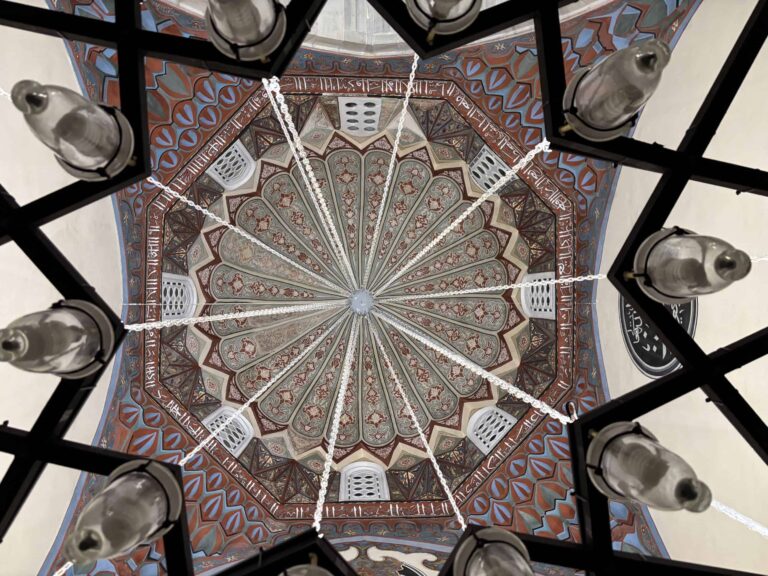
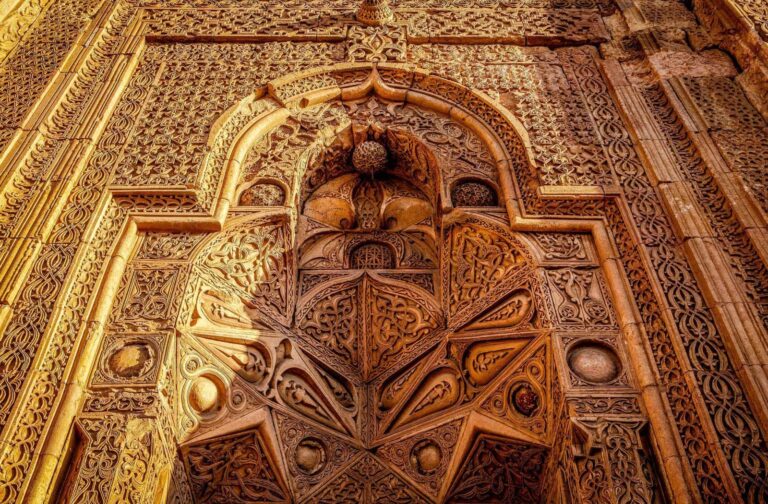
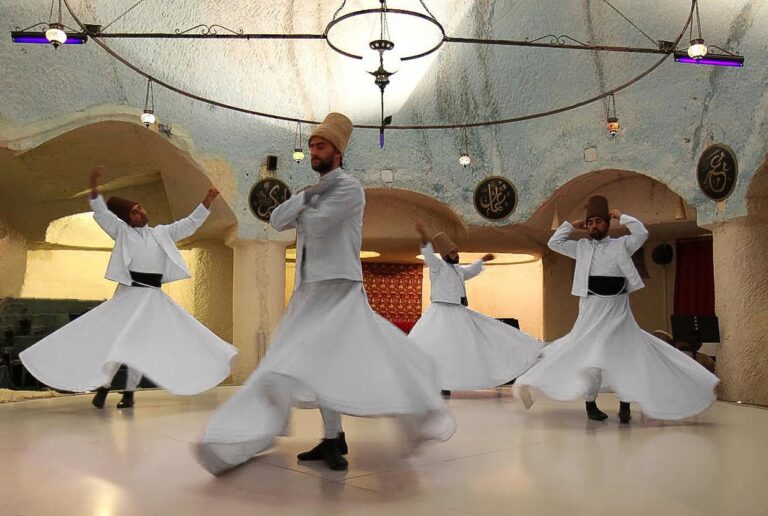
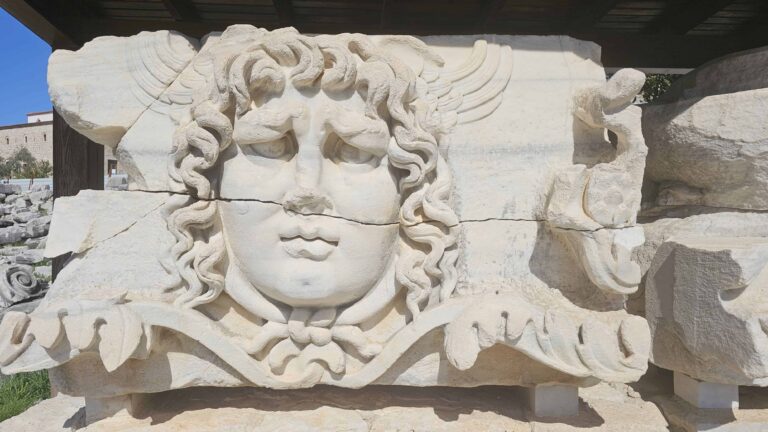





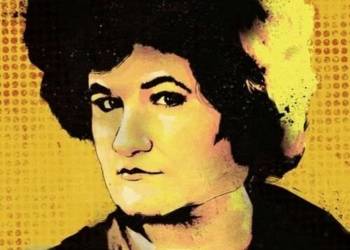

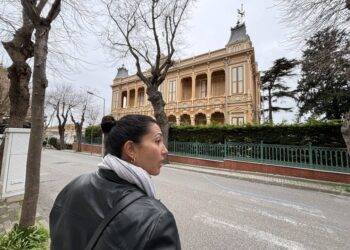
Man, reading this takes me back! Soner was dropping Seljuk facts left and right when we toured. Never realized how much they shaped Türkiye. Wild stuff.